Palmetto Bluff Real Estate Company Sales Office
Office Hours
Monday-Friday 9am - 5pm
Saturday 9am - 4pm
Sunday 12 - 4pm
Saturday 9am - 4pm
Sunday 12 - 4pm
Pop! Click! Snap! A din rings across the marsh from oysters closing their shells, jets of water springing from sealing halves, as water recedes from the intertidal zone.
Eastern oysters (Crassostrea virginica), probably known best for their central role in autumnal oyster roasts, are a keystone species in our coastal marshes and provide essential ecosystem functions including erosion control, water filtration, and habitat creation.
Oyster reefs are barriers that break down waves from hurricanes before they hit the mainland, retaining the substrate of our shorelines. Foraging primarily on microscopic phytoplankton, oysters are filter feeders and can filter up to 4 gallons of water per hour. They can even remove pollutants, including heavy metals such as mercury, providing a cleaning service through their foraging activities.
Over 300 species of plants and animals rely on oysters for survival. Oyster reefs provide three-dimensional structures for fish, crabs, shrimp, and other invertebrates on the otherwise fl at bottom of creeks and estuaries. Declines in oyster populations create a trophic cascade of loss, depleting the abundance and diversity of species present throughout the food chain.
In addition to providing habitat, oysters themselves have specific habitat requirements. Ninety-five percent of eastern oysters live in the intertidal zone, the space within tidal creeks covered during high tide and exposed during low tide. If oysters are too deep, they are unable to compete with more benthic species such as boring sponges. If oysters are too shallow, they reduce the amount of time they can spend feeding. The intertidal zone provides important advantages for oysters, and the success of restored reefs depends on specific placement within this zone.
The oyster life cycle is surprisingly complex. Spawning begins in April when adults broadcast sperm and eggs into the water column, peaks during the summer, and continues into October. During this period, 50 percent of the tissue within the oysters is comprised of gonads—the organs that produce eggs and sperm. Resulting larvae have poor locomotory skills and rely on tides for transport, spending their first two weeks floating with currents while developing into more complex larval stages. Around two weeks old, they form their final larval stage and begin to sink to the creek bottom. This final stage is different from previous ones in that the larva has a “foot” that allows it to be somewhat mobile, crawling over the creek bottom in search of a sustainable place to permanently rest.
Oyster larvae need hard substrates to which they can attach, preferring the shells of other oysters—both alive and dead. Once the larva finds a substrate, it permanently cements itself to that location and metamorphizes into a small version of its adult form. It grows rapidly, becoming mature in two to three years. Eastern oysters are protandrous hermaphrodites, maturing first as males and transitioning to females when they are older and larger.
Females can produce more than 100 million eggs in a single year—with the waters along coastal South Carolina filled with oyster larvae during the summer months. Unfortunately, this same water lacks an abundance of substrate to which larvae can attach. Over-harvesting and habitat loss—including the depletion of oyster shell substrate—have contributed to significant declines in oyster populations. Less than 20 percent of historic oyster reefs currently exist along U.S. coastlines.
Fortunately, there is something we can all do to help. The South Carolina Department of Natural Resources oversees the South Carolina Oyster Restoration and Enhancement (SCORE) program, which obtains oyster shells from citizens through shell drop-off centers, then quarantines and recycles them through the creation of new reefs.
To learn more about SCORE, visit score.dnr.sc.gov.
%GALLERY%

Palmetto Bluff’s Moreland Village feels a world away from the more traditional architecture of the iconi...
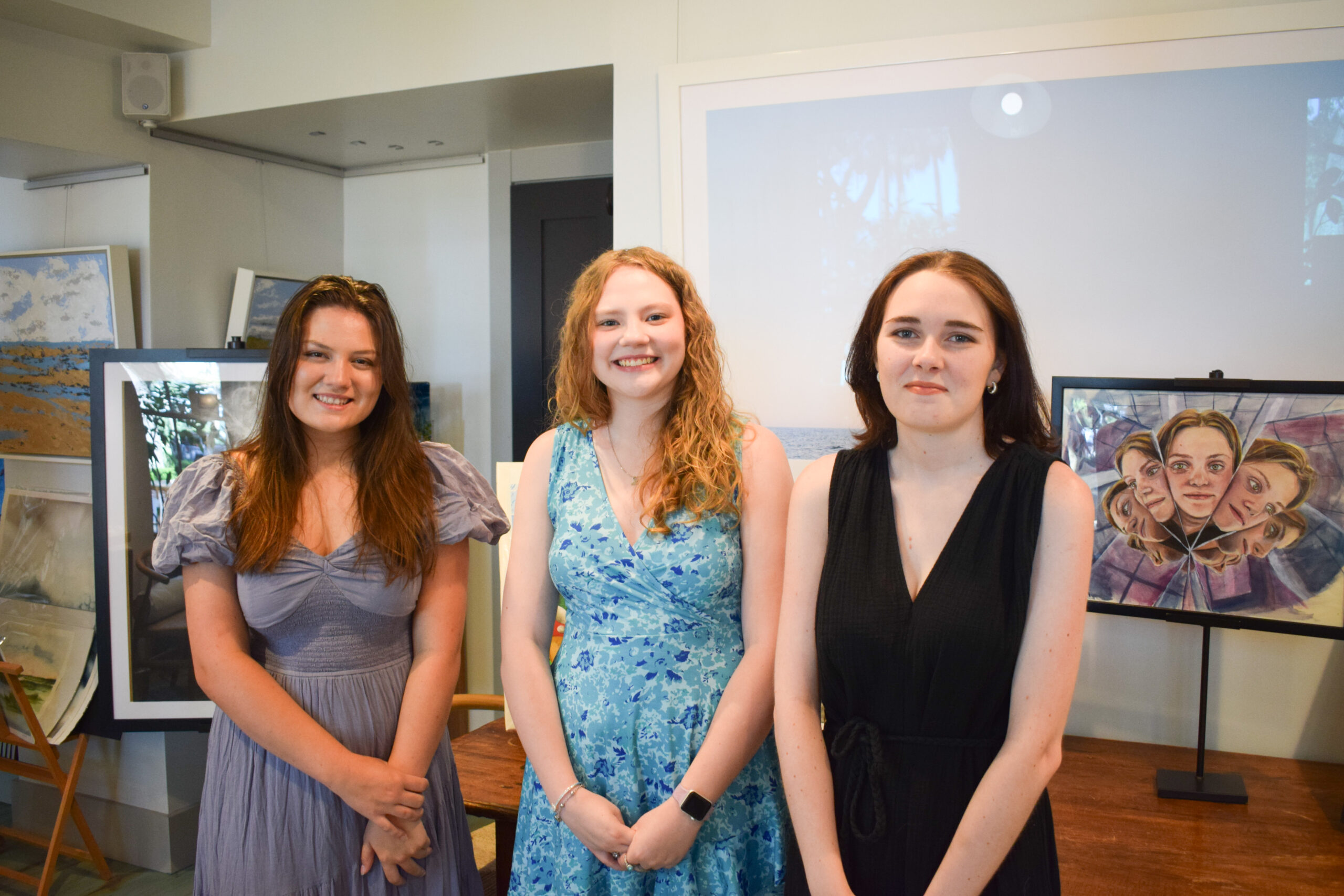
We are thrilled to introduce the inaugural winners of the Inspiring the Arts Scholarship—three extraordinary young women pursuing their artistic dreams through higher education! Katherine Donahue has been named our first official scholarship recipient, wit...

From handmade jewelry to performance wear, the latest arrivals at Palmetto Bluff’s retail spots capture the season in true Lowcountry style. This summer, the Bluff’s shops are full of fresh finds, carefully chosen by our trusted retailers—including FLOW Galler...
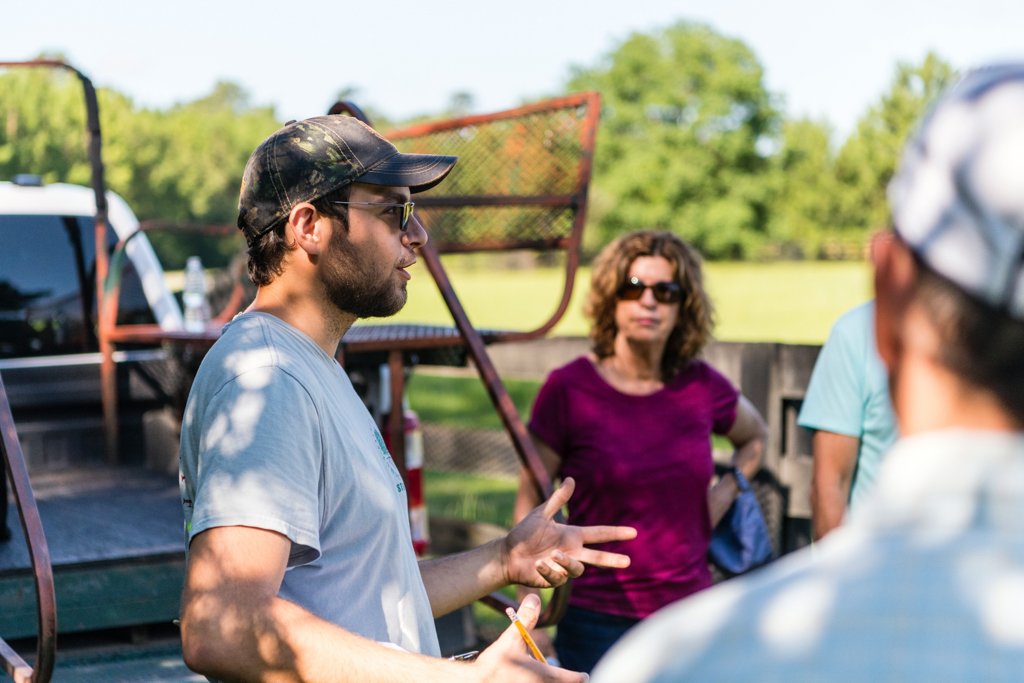
Citizen Science is Thriving at Palmetto BluffDid you know that residents of Palmetto Bluff are playing a vital role in national and global conservation efforts—all from their backyard?Through the Palmetto Bluff Conservancy’s growing Citizen Science programs, c...
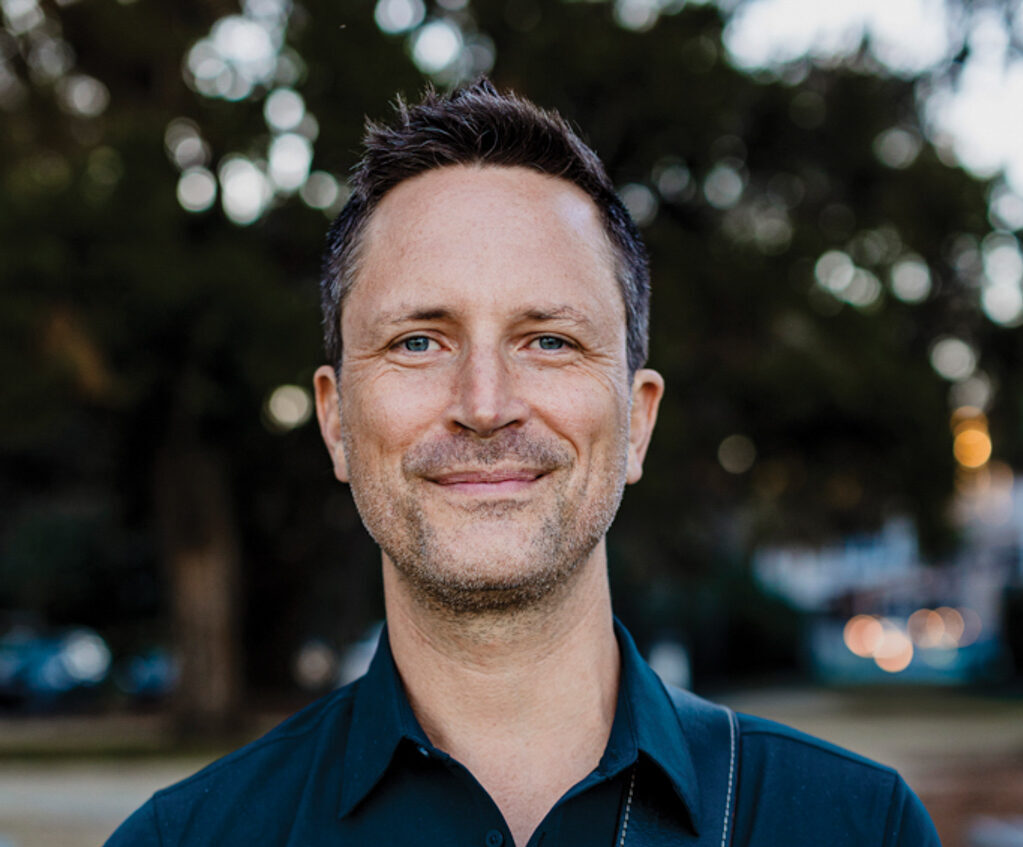
In October 2024, Grammy Award-winning musician Clay Ross visited Palmetto Bluff as part of The Arts Initiative's Artist in Residence Program. Through storytelling and song, he explores identity, heritage, and the universal language of sound. By Barry Kaufman ...

Palmetto Bluff Club Executive Chef Beth Cosgrove and Director of Culinary, Chef Rhy Waddington, Cook Up Four Peachy Recipes for a Summer in the South. Is there anything more iconic than a southern peach? A symbol of summer and Southern heritage, the peach car...
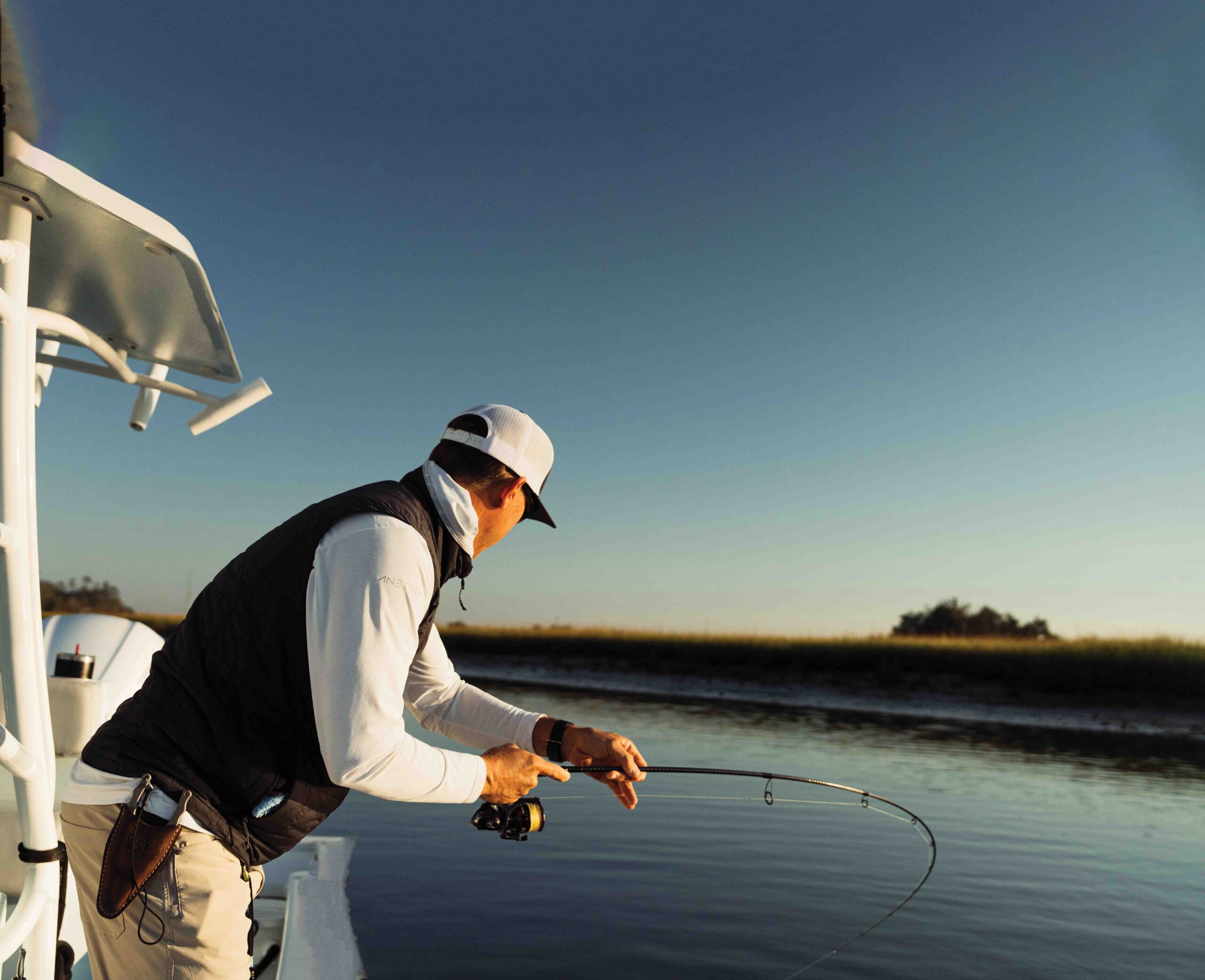
Following the tides and angling for redfish in Lowcountry creeks and estuaries with Captains Brian Vaughn and Will Stephens Story by Sandy Lang It is a sunny morning in October and the water is calm and glassy. The silence is punctuated by a gush of breath f...
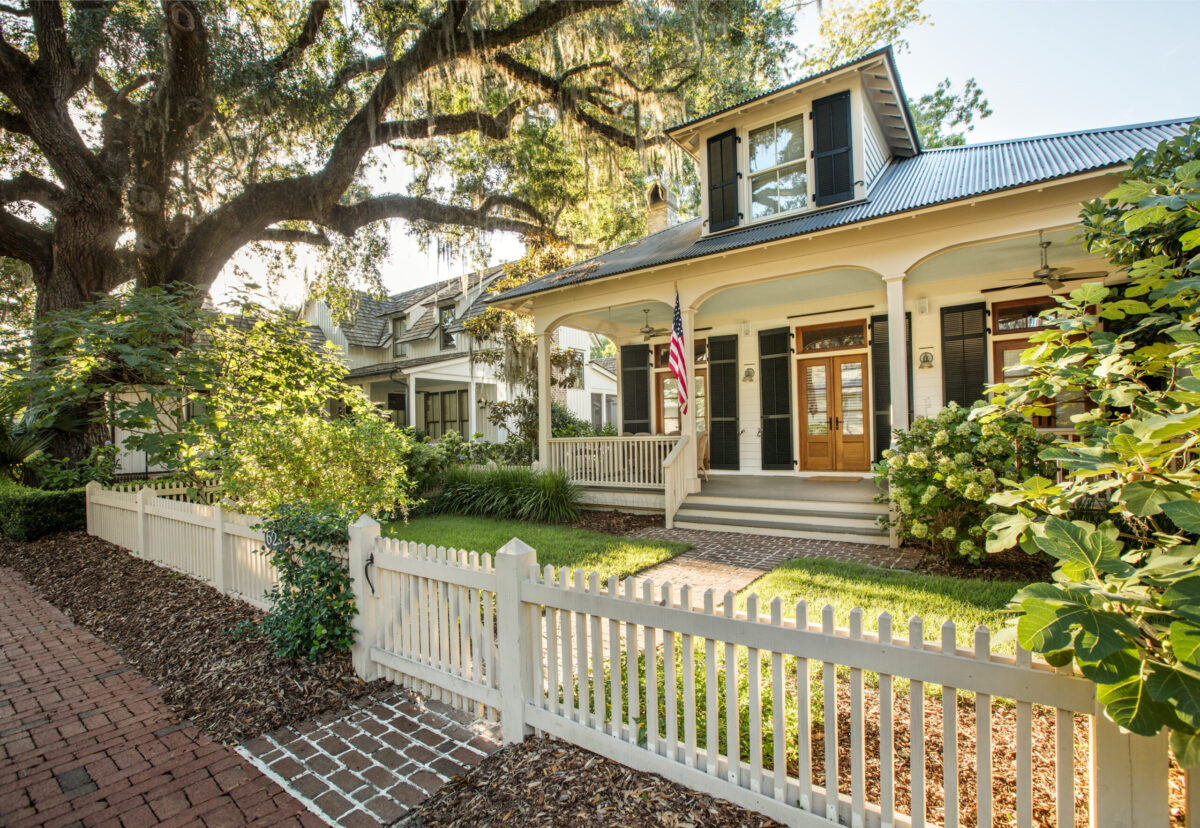
7 Ways To Upkeep Your Palmetto Bluff Home As spring arrives in the Lowcountry, the change in season brings more than blooming marshlands and sun-drenched afternoons; it’s also a perfect time to refresh and care for your Palmetto Bluff home. Coastal living mea...

When the land speaks, you listen. And at Palmetto Bluff, it spoke to two of golf’s most legendary course designers—Bill Coore and Ben Crenshaw. We invite you to watch our newest video, shot this past winter and featuring Bill and Ben, along with South Street P...
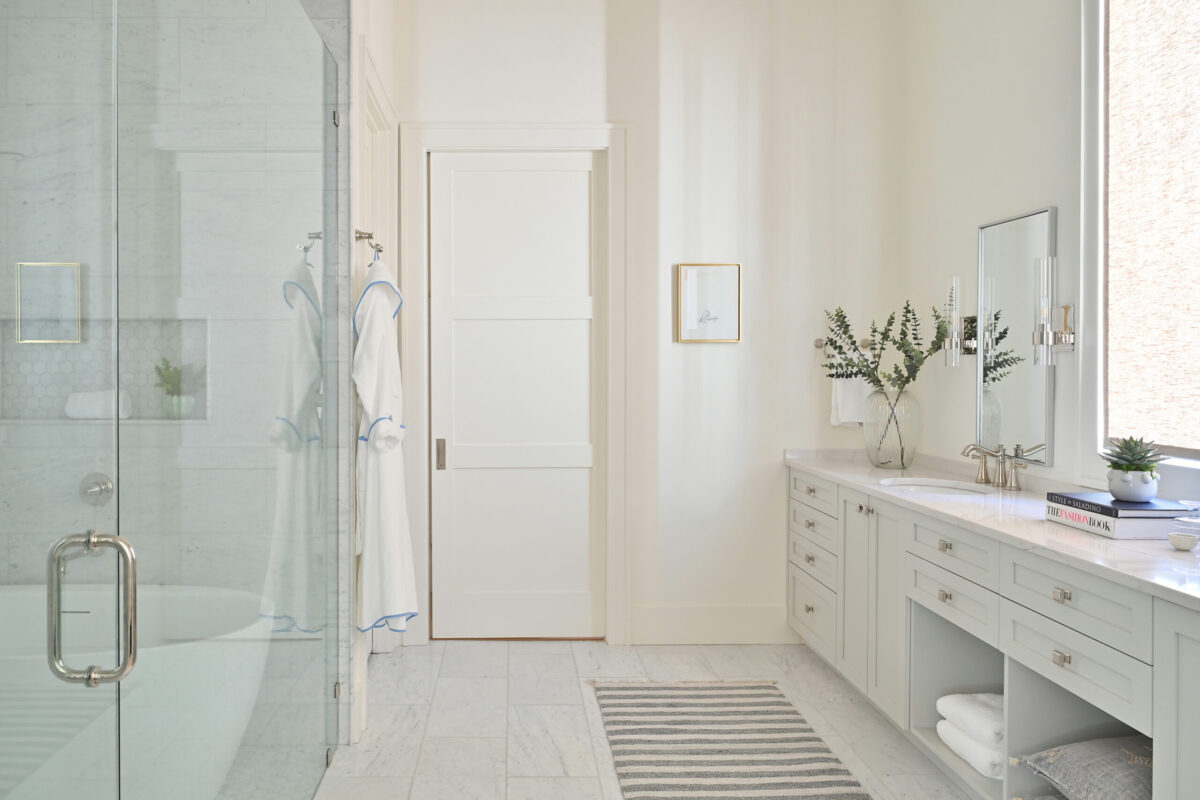
5 Renovations to Increase the Value of Your Lowcountry Home Whether Palmetto Bluff is your full-time residence or a cherished retreat, deciding to sell is never a quick or casual choice. However, when the time does come, you want your home to be as market-rea...
Learn about the Palmetto Bluff Conservancy and how we keep the vision of our land in place.
On land or water, there is an ever-evolving variety of activities.
We do not attempt to independently verify the currency, completeness, accuracy or authenticity of the data contained herein. All area measurements and calculations are approximate and should be independently verified. Data may be subject to transcription and transmission errors. Accordingly, the data is provided on an “as is” “as available” basis only and may not reflect all real estate activity in the market”. © [2023] REsides, Inc. All rights reserved. Certain information contained herein is derived from information, which is the licensed property of, and copyrighted by, REsides, Inc.